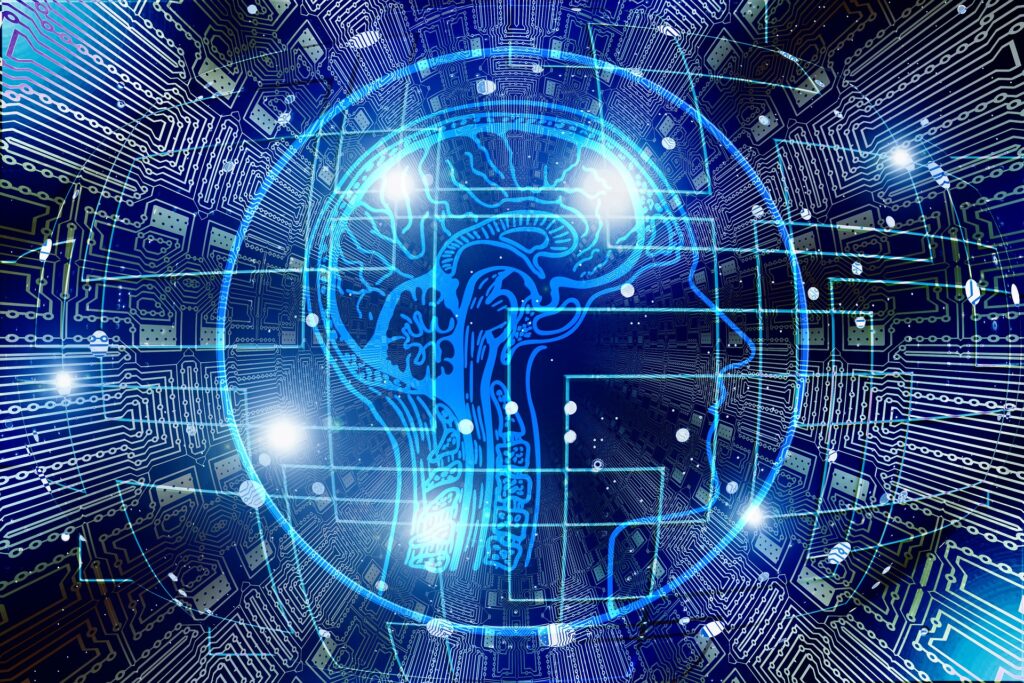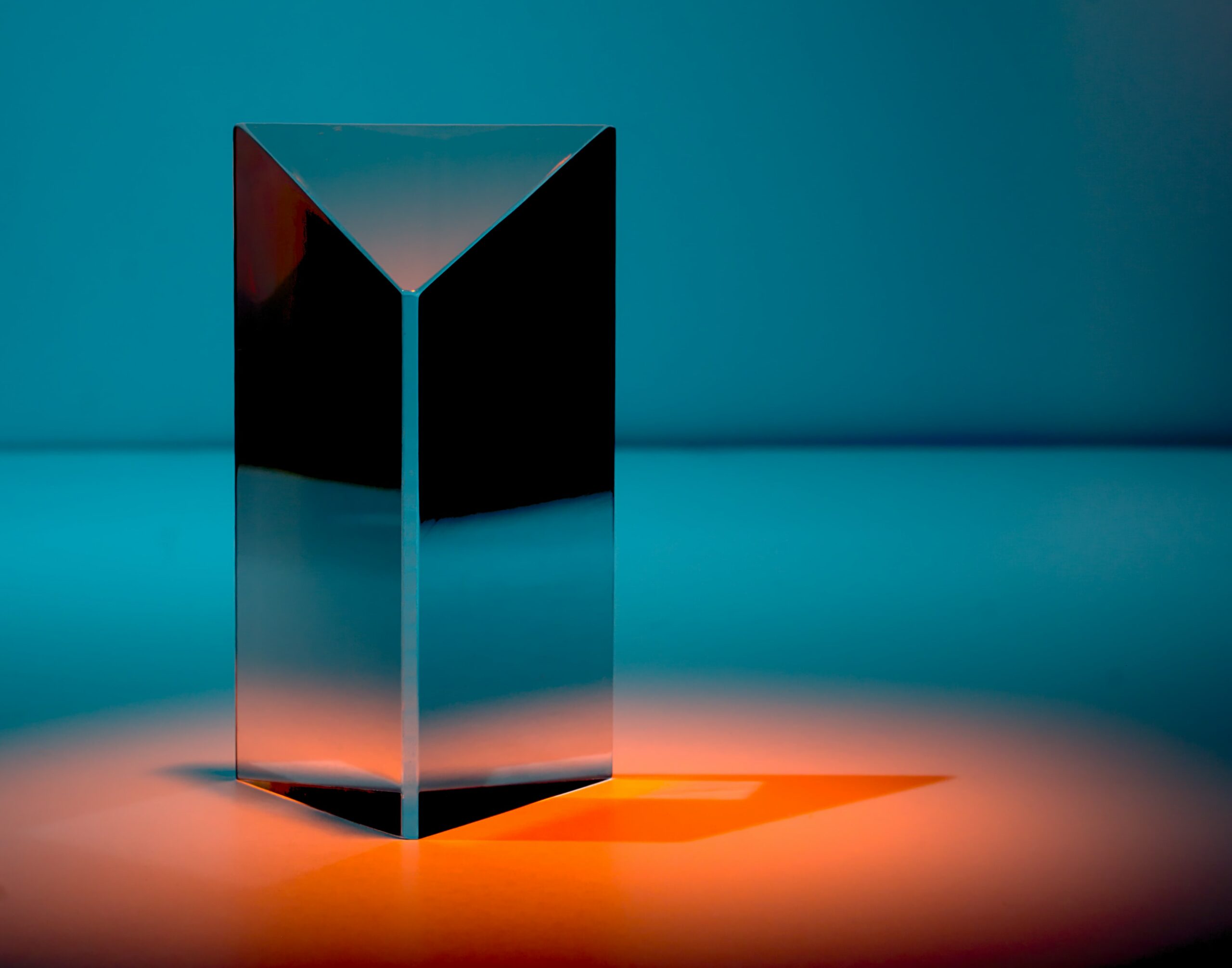The world is at a pivotal juncture in its efforts to combat climate change and transition to a more sustainable, clean energy future. The development and deployment of clean energy technologies are central to these efforts. But what often goes unnoticed is the critical role that patents play in driving innovation in the clean energy sector.
Patents not only protect the intellectual property of inventors and innovators but also incentivize research and development by granting exclusive rights to their inventions. In the context of clean energy, patents are the building blocks of progress, fueling the creation of new technologies that can reduce our dependence on fossil fuels and mitigate the impacts of climate change.
However, patenting in the clean energy sector is not without its challenges. Clean energy technologies, such as those related to solar, wind, and energy storage, are highly specialized and often require intricate and precise drafting to secure intellectual property rights effectively. This is where the intersection of artificial intelligence (AI) and patent law becomes increasingly important.
In this article, we will delve into the fascinating world of AI in patent drafting for clean energy technologies. We will explore how AI is revolutionizing the patent drafting process, streamlining it for efficiency, improving accuracy, and helping inventors and innovators navigate the complex landscape of clean energy patents. By the end of this journey, you’ll have a deep understanding of how AI is transforming the clean energy innovation landscape and what it means for the future of sustainable energy.
Understanding Clean Energy Technologies
Clean energy technologies encompass a wide array of innovations designed to harness, store, and distribute energy with minimal environmental impact. These technologies aim to reduce greenhouse gas emissions, lower energy costs, and minimize the depletion of finite natural resources.
The Importance of Innovation in the Clean Energy Sector
Innovation is at the heart of clean energy technologies. Without continuous advancements, the transition to a cleaner energy landscape would stall. Patents serve as a crucial incentive for innovation by granting inventors exclusive rights to their creations. In return, they are required to publicly disclose the details of their inventions, thus sharing knowledge that can be built upon by others.
However, securing a patent in the clean energy sector can be a complex and intricate process. Innovations in this field often require deep technical expertise and understanding. This is where AI steps in to streamline the patent drafting process.
Challenges in Patenting Clean Energy Technologies
While patents are essential for innovation, patenting clean energy technologies comes with unique challenges.
Clean energy innovations are often highly technical, requiring in-depth knowledge of materials, engineering, and physics. The clean energy sector is global, and patents often need to be filed internationally, adding complexity and cost. The regulatory environment for clean energy is constantly evolving, affecting patent strategies. Clean energy innovations often involve multiple disciplines, from electrical engineering to materials science, making drafting more complex.
The Traditional Patent Drafting Process
To understand the transformative power of AI in patent drafting, let’s first examine the traditional patent drafting process. Traditionally, patent drafting has been a meticulous, time-consuming, and often manual process. Here’s an overview of how it typically works:
AI in Patent Drafting
Artificial intelligence, particularly machine learning and natural language processing, has been making significant strides in patent drafting. This technological leap brings numerous benefits to the patenting process. Here’s how AI is changing the game:
Key AI Technologies in Patent Drafting
The process of patent drafting is crucial for protecting innovation and intellectual property. It involves describing an invention in precise and comprehensive terms to secure exclusive rights. Traditionally, patent drafting has been a time-consuming and labor-intensive task that requires legal expertise. However, the advent of artificial intelligence (AI) technologies has revolutionized this field.
Natural Language Processing (NLP)
Natural Language Processing is a fundamental AI technology that has had a profound impact on patent drafting. NLP enables machines to understand, interpret, and generate human language. In patent drafting, NLP is used to analyze existing patents and scientific literature to ensure that the language used in the new patent is clear, concise, and compliant with patent office requirements. It can also assist in identifying potential infringements and prior art, thereby enhancing the quality of patent applications.
Machine Learning
Machine learning, a subset of AI, is being increasingly used to assist patent drafters in various ways. ML algorithms can help predict patent examiner decisions and provide recommendations for claim terms, making the drafting process more efficient. ML can also analyze vast datasets of patent information to identify trends and patterns, which can guide inventors in developing innovative solutions while avoiding patent infringement.
Automated Prior Art Search
One of the most time-consuming tasks in patent drafting is conducting prior art searches to ensure that an invention is novel and non-obvious. AI-driven automated prior art search engines can quickly sift through vast patent databases and scientific literature to identify relevant prior art. This not only saves time but also increases the chances of obtaining a strong and defensible patent.
Patent Classification
AI technologies can automatically classify patents based on their content and technology domains. This is particularly useful for patent attorneys and inventors who need to understand the competitive landscape and identify potential opportunities for innovation. By categorizing patents accurately, AI assists in finding relevant references and understanding the patent landscape better.
Patent Valuation
AI is also being applied to assess the potential value of patents. By analyzing market trends, historical patent data, and economic indicators, AI can provide insights into the commercial viability of a patent. This is invaluable for businesses and inventors looking to make informed decisions about which patents to pursue and which ones to license or sell.
Automated Claim Generation
The claims section is the heart of a patent application, defining the legal scope of protection. AI tools can assist in generating claims based on the detailed description of the invention. These tools can ensure that claims are consistent with patent office guidelines and increase the chances of the patent being granted.
Intellectual Property Management
AI-powered intellectual property management systems help organizations maintain and protect their patent portfolios efficiently. These systems can track patent filing deadlines, monitor competitors, and identify potential infringements, all of which contribute to a more robust and strategic approach to intellectual property management.
Language Translation
In the globalized world of innovation, many inventors and patent professionals need to work with patent documentation in different languages. AI-based language translation tools can translate patents accurately, helping patent professionals access a wider range of information and understand global patent trends.
AI technologies are revolutionizing patent drafting by automating and optimizing various aspects of the process. From natural language processing to machine learning, automated prior art searches, and beyond, AI is making patent drafting more efficient, cost-effective, and accurate. It empowers inventors, patent attorneys, and businesses to protect their intellectual property effectively and make informed decisions about their patent strategies. As AI continues to advance, the future of patent drafting holds even greater promise, reducing barriers to innovation and fostering a more dynamic landscape for intellectual property protection.

Specific Challenges in Patenting Clean Energy Innovations
Clean energy innovations often face unique challenges that necessitate innovative approaches to patent drafting. Clean energy technologies, such as advanced solar panels or energy storage systems, involve intricate technical details that must be accurately described in patent applications. The clean energy sector is characterized by rapid technological advancements.
Patent applications need to keep pace with these changes to maintain their relevance and enforceability. Clean energy inventions often combine knowledge from various disciplines, making it challenging to draft comprehensive patent applications manually. AI offers several solutions to address these challenges.
AI algorithms can quickly and comprehensively search for prior art in the clean energy sector. They can identify relevant patents, scientific articles, and even emerging technologies that could impact the patentability of an invention. Clean energy patents often involve highly technical language. AI can parse and understand this language, helping patent attorneys draft more precise and accurate applications. AI-powered tools can continuously monitor changes and advancements in clean energy technologies, ensuring that patents remain up-to-date and relevant.
Ethical and Legal Considerations
While AI offers tremendous benefits in patent drafting, it also raises ethical and legal considerations. Ethical Implications of AI in Patent Drafting. AI algorithms can inadvertently perpetuate biases present in the data they’re trained on. It’s essential to ensure that patent drafting AI systems are designed to minimize bias and that there’s accountability for their outputs.
AI systems often operate as “black boxes,” making it challenging to understand their decision-making processes. Achieving transparency and explainability in AI-driven patent drafting is a critical ethical concern. AI-generated inventions can raise questions about patent eligibility. It’s essential to ensure that AI-generated inventions meet the criteria for patentability, which typically require human inventive input.
Determining who owns AI-generated patents and who qualifies as an inventor can be legally complex. Legal frameworks need to adapt to accommodate these new challenges. Courts may scrutinize the validity and enforceability of AI-generated patents more closely. Ensuring that patents drafted with AI meet legal standards is crucial.
The Future of AI in Clean Energy Patent Drafting
The adoption of AI in clean energy patent drafting is set to grow exponentially in the coming years. Here are some key trends and developments to watch for. We may see more patents where the primary inventor is an AI system, leading to discussions about AI’s legal status and rights. AI is likely to integrate with other emerging technologies such as blockchain, IoT, and 5G to create innovative solutions for clean energy challenges. Collaboration between AI systems and human patent professionals will become more seamless, optimizing the strengths of both.
Challenges and Limitations of AI in Patent Drafting
While AI offers numerous advantages, it’s important to acknowledge its current limitations. AI systems still require human expertise to ensure that technical details are accurately captured in patent applications. Extremely complex inventions may require a level of human understanding that AI cannot currently provide. AI’s effectiveness relies on the quality and diversity of the data it’s trained on. In niche fields, limited data can pose challenges. The adoption of AI in patent drafting may face resistance due to concerns about job displacement and trust in AI-generated outputs. However, overcoming this resistance can be achieved through:
Training patent professionals in AI tools and technologies can alleviate concerns and enhance collaboration between humans and AI. Implementing robust quality control measures to validate AI-generated patents ensures that the resulting patents meet legal and technical standards.
To maximize the benefits of AI in patent drafting, organizations can follow these best practices. Carefully evaluate and select AI tools that align with your organization’s needs and goals. Foster collaboration between patent professionals and AI systems to leverage the strengths of each. Stay updated with the latest advancements in AI and patent law to remain competitive.
AI is ushering in a new era of efficiency and effectiveness in patent drafting, particularly in the clean energy sector. As the world races to address climate change and accelerate the adoption of clean energy technologies, AI is poised to play a pivotal role in expediting innovation, reducing costs, and ensuring the robust protection of intellectual property.
The convergence of AI and patent law presents both challenges and opportunities. Ethical and legal considerations must be addressed to ensure that AI-driven patent drafting aligns with the principles of fairness, accountability, and transparency. As AI continues to evolve and integrate with other emerging technologies, its impact on the clean energy innovation landscape is likely to be transformative.
The future of clean energy patenting with AI is not just a technological evolution but a fundamental shift in how we conceive, protect, and advance innovations that will shape our sustainable future.
